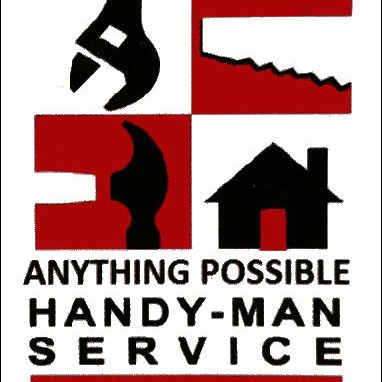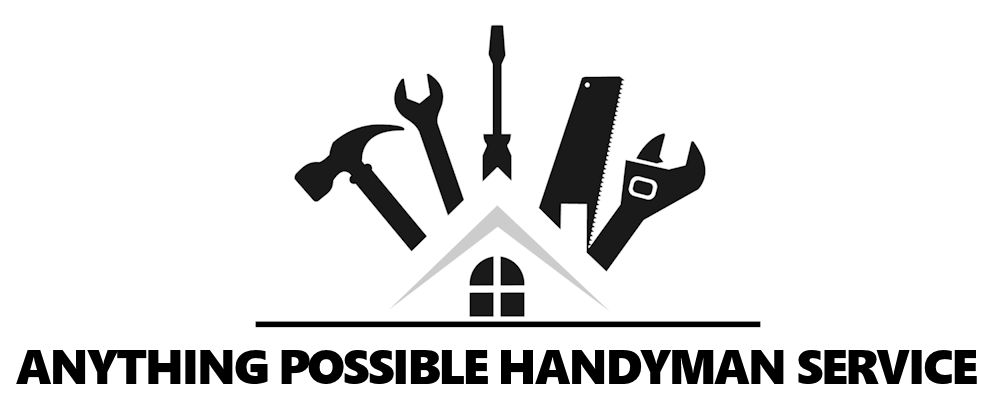Starting a home improvement project without a solid budget plan is like setting sail without a compass – you might eventually reach your destination, but the journey will likely be chaotic and costly. Creating a detailed budget before hammer meets nail not only helps avoid financial stress but also maximizes the value throughout your project. A planned budget ensures you get the most out of your investment, whether you’re updating a bathroom or renovating your entire kitchen.
Understanding how to properly allocate funds is essential for project success. Too often, homeowners dive into renovations with vague cost estimates, only to find themselves facing unexpected expenses halfway through. By developing a financial roadmap, you’ll be able to make informed decisions about where to splurge and where to save, ultimately enhancing the value of your investment while preventing the problem of abandoned half-finished projects due to depleted funds.

- Diverse home improvement projects help visualize the scope and goals of your renovation. Source: anythingpossiblehandyman.com
Initial Assessment: Evaluate your project scope, set realistic goals, and account for a contingency fund (10-15%) for unexpected costs
Begin your budgeting journey with a thorough assessment of what you’re trying to accomplish. Walk through your home and carefully document everything that needs attention. Be specific about your goals – instead of “update kitchen,” list individual components like “replace countertops, install backsplash, and refinish cabinets.” This detailed approach helps you visualize the project scope and prevents scope creep, which can quickly drain your budget. Consider consulting with a professional to get realistic estimates of both time and costs involved, as they can identify potential complications that might not be obvious to the untrained eye.
One of the most crucial aspects of initial budgeting is establishing a solid contingency fund. Even with meticulous planning, home improvement projects invariably face unexpected issues – whether it’s discovering water damage behind walls or realizing your electrical system needs updating to handle new appliances. Industry professionals recommend setting aside 10-15% of your total budget specifically for these surprises. This buffer not only provides financial peace of mind but also ensures you can maintain value throughout the project without cutting corners when challenges arise. Remember, the older your home, the larger your contingency fund should be.

- Consider including handyman services in your budget for efficient use of resources. Source: anythingpossiblehandyman.com
Creating a Detailed Budget: Break down expenses by category (materials, labor, permits), prioritize essential elements, and research cost-saving alternatives
A detailed budget divides expenses into distinct categories: materials, labor, permits, and other costs like design fees or temporary housing if needed. For materials, create itemized lists with specific products and price points from multiple sources. Remember that material costs can vary dramatically based on quality and brand, so research alternatives that might provide similar aesthetics and durability at different price points. Labor typically accounts for 20-35% of project costs, depending on complexity, with specialized work like electrical or plumbing commanding higher rates. Don’t forget to factor in permit fees, which vary by location but are non-negotiable for most structural changes.
Prioritization becomes your financial roadmap once you’ve categorized expenses. Identify “must-have” elements versus “nice-to-have” features and allocate funds accordingly. This approach maximizes value by ensuring essential components receive proper funding while leaving flexibility for adjustments. Research cost-saving alternatives without compromising quality – perhaps choosing stock cabinets with custom hardware instead of fully custom cabinetry, or installing luxury vinyl tile rather than natural stone in less visible areas. Many homeowners find significant savings by handling simple tasks themselves, such as demolition or painting, while leaving specialized work to professionals. This balanced approach stretches your budget while maintaining quality standards.

- Handyman expertise can assist in getting accurate quotes and determining project feasibility. Source: anythingpossiblehandyman.com
Finding the Right Contractor: Get multiple quotes, verify credentials, and establish clear payment schedules to avoid cost overruns
Selecting the right contractor is perhaps the most critical budget decision you’ll make. Obtain at least three detailed estimates from reputable professionals, and be wary of quotes significantly lower than others – they often indicate corners will be cut. During interviews, ask for references, proof of insurance, and license information. Visit previous job sites if possible to assess quality firsthand. Remember that the lowest bid rarely equates to the best value, as experienced contractors with strong reputations may charge more but deliver superior craftsmanship, fewer complications, and on-time completion – all factors that protect your budget from ballooning unexpectedly.
Once you’ve selected a contractor, establish a clear payment schedule tied to project milestones rather than calendar dates. This approach incentivizes timely completion while protecting your financial interests. The schedule should include detailed specifications about exactly what work must be completed before each payment, with larger payments aligned with significant material deliveries or completion of major phases. Never pay more than 10-15% upfront, regardless of what’s requested. Insist on written change orders for any adjustments to the original plan, complete with updated costs and timeline impacts. These protections ensure you maintain leverage throughout the project while securing maximum value for every dollar spent.

- Maintain open lines of communication for budget management and adjustments during your project. Source: anythingpossiblehandyman.com
Managing Your Budget During the Project: Track expenses consistently, be prepared for necessary adjustments, and consider DIY options for appropriate tasks
Once your project is underway, implement a system to track every expense meticulously. Create a spreadsheet or use a budgeting app to record each purchase, payment, and unexpected cost. Update this document weekly, comparing actual expenses against your projected budget. This discipline helps identify potential overruns early, allowing for corrective actions before they snowball. Don’t hesitate to communicate openly with your contractor about financial concerns – experienced professionals can often suggest alternative approaches that maintain quality while reducing costs. Remember that successful budget management is an ongoing process, not a one-time exercise.
Be realistic about necessary adjustments as your project progresses. When unexpected issues arise, evaluate their impact on both functionality and aesthetics before making decisions. Sometimes paying extra for proper repairs now prevents costlier problems later. In other situations, you might choose to postpone certain elements to stay within budget. Consider appropriate DIY contributions to stretch your budget – tasks like painting, cabinet hardware installation, or simple landscaping often deliver excellent value without requiring specialized skills. The sweet spot in budget management lies in knowing when to invest in professional expertise and when your own labor can yield satisfactory results, creating the perfect balance of quality, timeliness, and financial responsibility in your home improvement journey.
